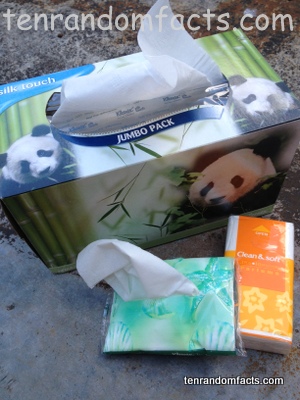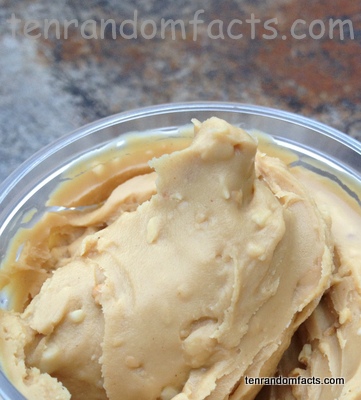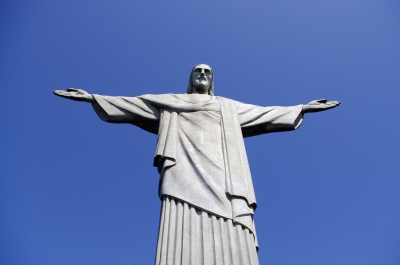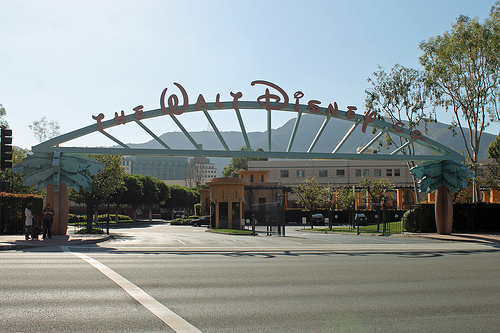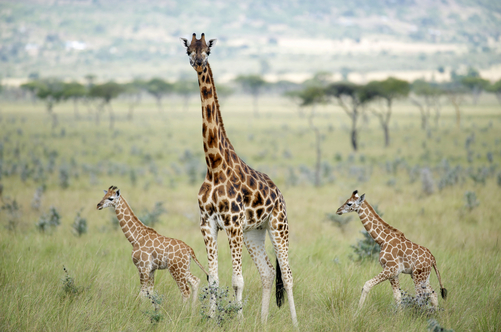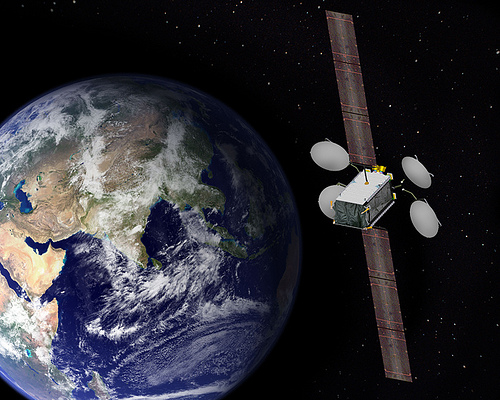
Artificial satellites zipping through space.
- Satellites are objects that orbit another larger object in space, launched by humankind and there are hundreds, if not thousands of satellites currently orbiting earth.
- Sputnik 1 was the first artificial satellite to be successfully launched into space, by the USSR (Soviet Union) on 4 October 1957.
- Satellites are launched into space by rockets, and orbit up to and beyond 35,786 kilometres (22,236 miles) in altitude.
- Satellites can be very small, 10 cm (4 inch) cubes, or very large space stations, the largest being the International Space Station.
- Satellites can be in networks of multiple objects, such as the Global Positioning System (GPS) network or a digital or media systems.
Satellite
Image courtesy of The Boeing Company/Flickr
- The earth is not the only body that has orbiting satellites, as the sun, the moon and other neighbouring planets have orbiting artificial objects.
- Satellites can be destroyed by missile shootings, as Russia, the United States and China have all proven.
- Satellites have many capabilities and purposes, from navigation, monitoring and observation purposes including the weather, communication facilities, photography uses and space station homes.
- Satellites rarely collide in space, as they are launched into a satellite-avoiding orbit, and the first accidental collision was in 2009.
- Satellites are usually fitted with technology like computers that make use of radio signals to send or transmit data to earth.
Bibliography:
Satellite, 2013, Wikipedia, <http://en.wikipedia.org/wiki/Satellite>
What is a Satellite?, 2010, NASA, <http://www.nasa.gov/audience/forstudents/5-8/features/what-is-a-satellite-58.html>






